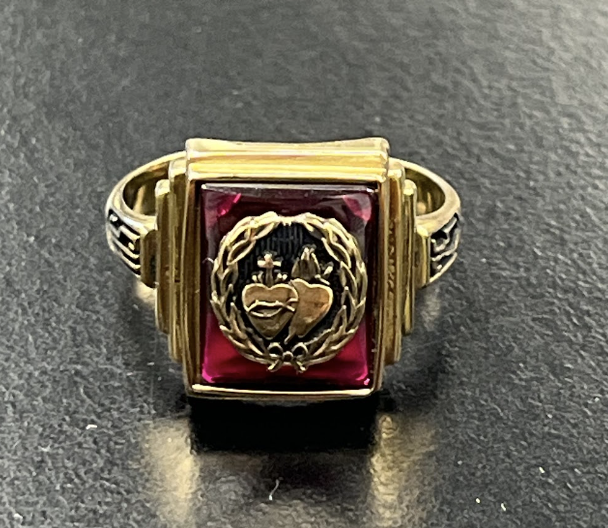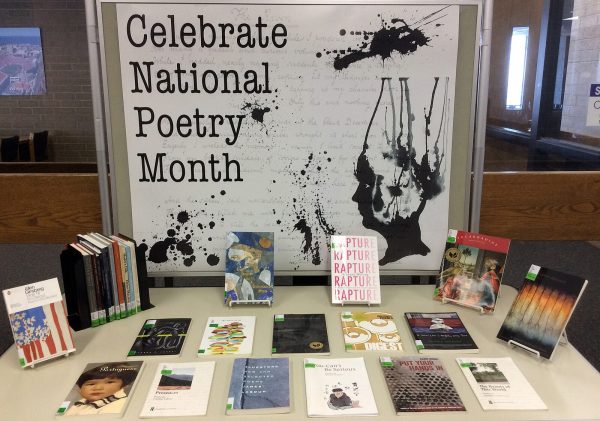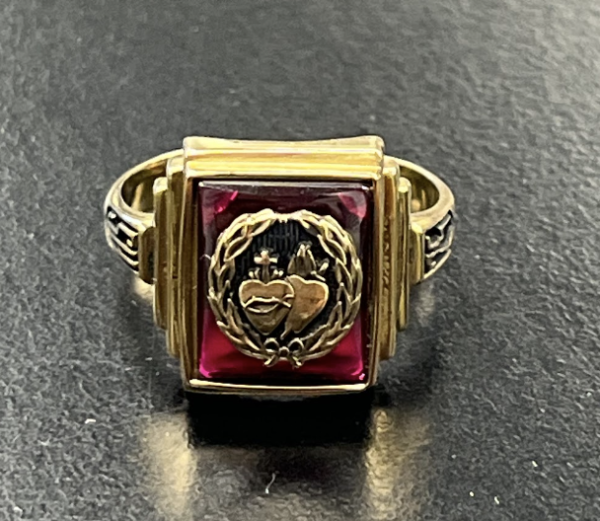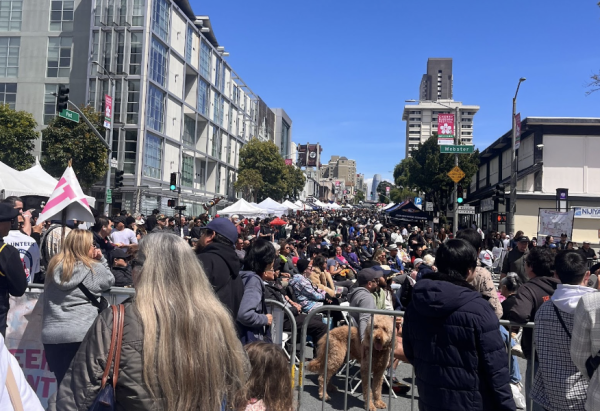Local businesses implement digital loyalty programs
December 12, 2014

Since Apple introduced the new ApplePay feature on the iPhone 6, digital pay is on the rise, causing businesses to draw loyalty reward punch cards and moving to digital alternatives. Businesses are picking up on more advanced digital alternatives, which teens find easier to use, but also makes spending money easier.
Julia-Rose Kibben
Senior Reporter
Since Apple introduced the new ApplePay feature on the iPhone 6, digital pay is on the rise, causing businesses to draw loyalty reward punch cards and moving to digital alternatives. Businesses are picking up on more advanced digital alternatives, which teens find easier to use, but also makes spending money easier.
“I think I spend more money because of it,” junior Sophia Slacik said. “When it’s on my phone, it’s so easy to spend money. You don’t really know how much you’re spending when you’re reloading your card every single time you go on your phone to pay, so it’s harder to track.”
Companies like SpotOn and Belly are adding more businesses each month to their universal, tablet-based loyalty program creating a cardless rewards system that is both easy and accessible for the business and the customer.

“You have to talk the customers through it because they try to take the picture of the card to get registered,” Amy Dean (’81), Owner of Crown and Crumpet Tea Stop Cafe on Laguna and
Webster streets said. “They expect an instant gratification, like they want to know if they get a free reward for signing up. I have to tell them ‘You have to come back here three or four times before you get it.’”
Businesses typically install a tablet at the cashier with a feature that allows the customer to scan a QR code on the backside of their rewards card, enter their email address to log their purchases, or redeem their points they have earned at that location.
Companies like Belly and SpotOn also give the user the option to carry a card, hook a card to a keychain or use an app, but digital pay is not an option.
“We get to see all the logistics behind it,” Dean said. “That’s fantastic, because if I had a regular loyalty card where you punch your card, I wouldn’t get any other information from the customer.”
Each time a purchase is logged, the app saves a history and gives the user the option to calculate how many more purchases are required to redeem rewards.
Some larger businesses use loyalty programs like these specific to their chains, such as the My Starbucks Rewards program through Starbucks Coffee Company.
“The accessibility of the app makes it really convenient and simple,” Slacik said. “It’s all linked to a credit card.”
The Starbucks iPhone App allows the customer to load money onto their Starbucks Card, giving them the ability to pay and tip digitally.
“I usually lose the paper ones they give me,” sophomore Chloe Yu said. “I think the punch cards could help you save money, but I always lose them so I don’t think I’ve ever finished one and actually redeemed the rewards.”
Smaller businesses tend to stick to punch cards that are redeemable for a free item or discount once the required purchases have been made.
“I feel like rewards cards make you feel like saving money when you’re actually not because you get one free drink,” sophomore Ana Cahuas said. “But you have to buy 10 first, which is a lot to begin with.”
In addition to gathering data from customers and tracking their activity in this store, Belly allows its customers to contact users as well as track their social media activity.
Belly’s customers can offer rewards to other Belly users who have not yet visited their business.
Both companies allow their customers to contact users through email, text and social media platforms, and generate interactive graphs and charts.
“It’s very thorough in dissecting customers, like when they come in, what they do, not necessarily what they buy, but how often they’re there, and if they come back again,” Dean said.

















